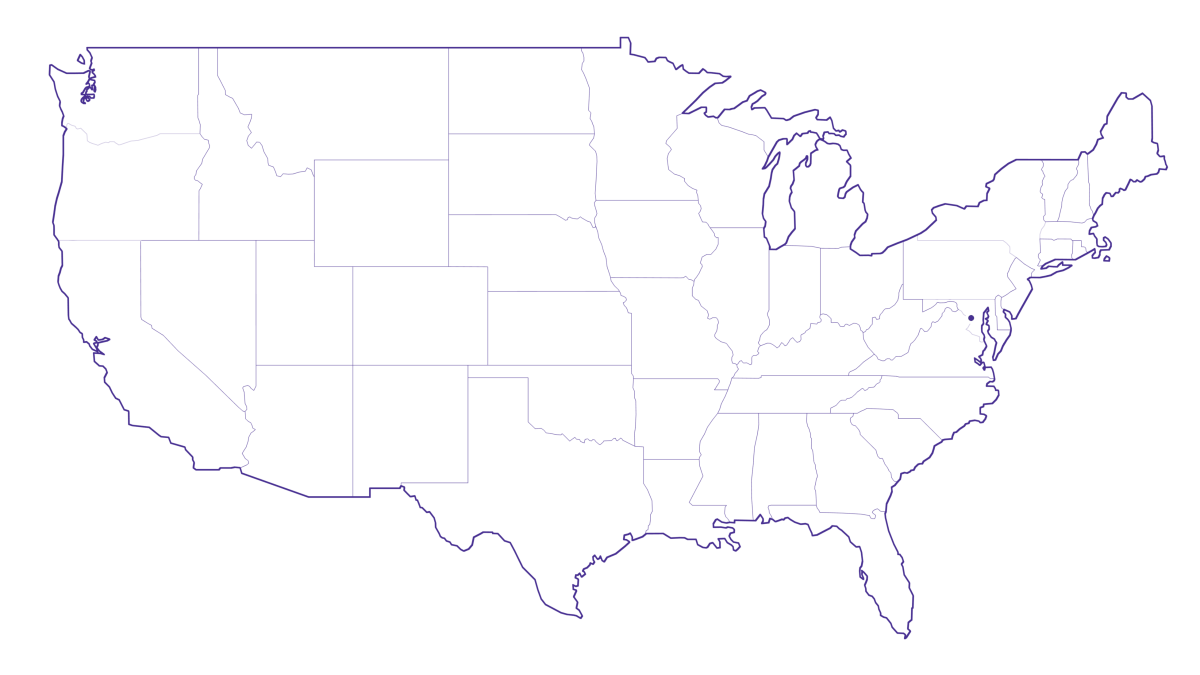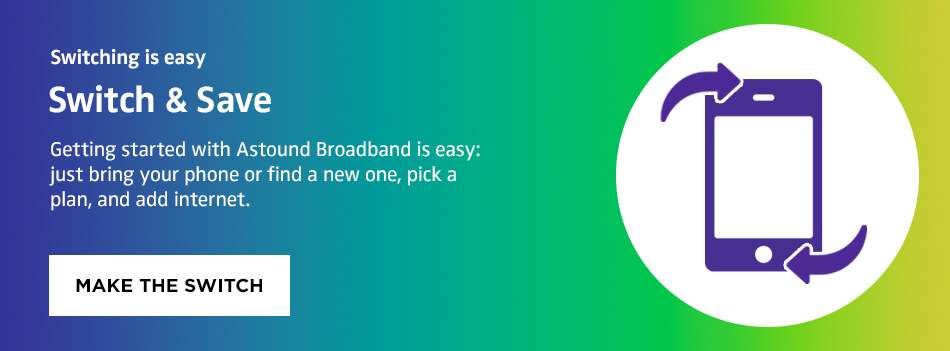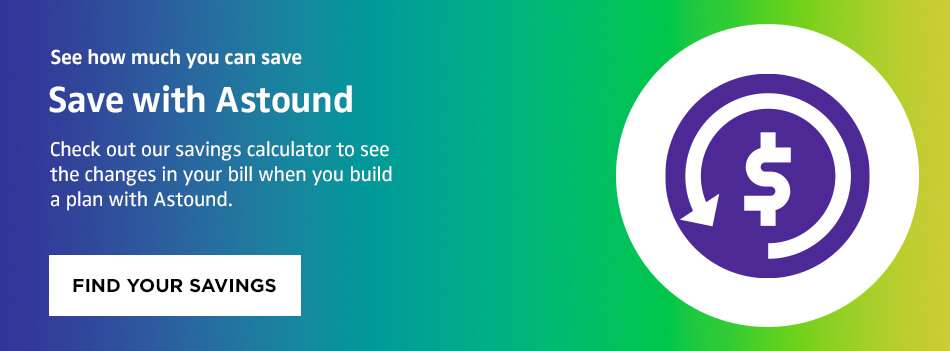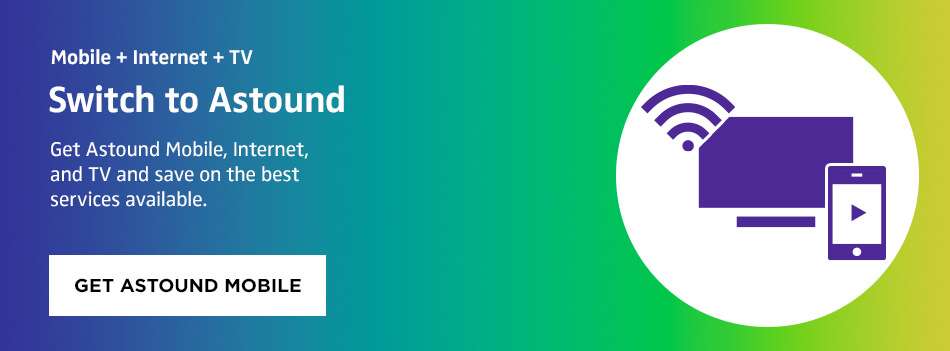What is mobile tethering?

Are you curious about sharing your mobile device’s internet connection with other devices but unsure which method is best for you and your data usage? Let’s dive into mobile tethering on a phone and mobile hotspots to help you make an informed decision.
What is mobile tethering?
Mobile tethering, also known as a “mobile hotspot” or “tethering”, is a feature available on cell phones that allows you to share your device’s internet connection with other mobile devices such as laptops, tablets and smartphones.
It gives you convenient internet connectivity when you’re on the go or traveling in locations without WiFi coverage. You can use mobile tethering to provide internet access to your laptop or tablet utilizing your smartphone’s data plan.
Mobile hotspot vs. tethering
“Mobile hotspot” and “tethering” are often used interchangeably. Mobile hotspots and tethering refer to the same functionality of sharing your mobile device’s internet connection with other mobile devices.
However, there are slight differences in their meanings depending on the context.
- Mobile hotspot — Mobile hotspot refers to a feature on your cell phone allowing you to create a WiFi network for other mobile devices to access the internet. It involves turning your cell phone into a portable WiFi router, broadcasting a WiFi signal other devices can connect to wirelessly with the option of creating a password for protection.
- Tethering on the phone — Tethering connects your cell phone to other mobile devices using Bluetooth or a USB cable to create a localized connection between devices versus a WiFi connection.
Learn more: Mobile data vs WiFi
Both options allow your connected devices to access the internet through your device’s cellular data connection. Your cell acts as a bridge between the cellular network and the connected devices.
How does tethering work?
The following general overview will help you set up tethering for your device to create a localized network other devices can use to connect to the internet.

- Set up network name and password — Once you allow tethering, you can set up a network name (SSID) and a password. Use these steps to create a strong password and help secure your tethering network to prevent unauthorized access to data.
- Connect devices — After setting up your hotspot, other devices can connect like any other WiFi network. The devices can scan for available networks, locate your tethered network and select it.
- Data sharing — Your mobile device will provide an internet connection to the other devices once connected.
Other devices will be able to browse the web, stream media, download files, or perform any online activity they would normally perform on a regular WiFi network.

Now that your phone can support other mobile devices to connect to the internet, you need to clearly understand how mobile tethering can affect your data on a mobile plan.
What does mobile tethering mean for data usage?
Mobile tethering allows other devices to access the internet using your mobile data, which can impact your data usage because those connected devices will consume data from your mobile plan.
Mobile tethering has some advantages and disadvantages, depending on your plan. Based on your WiFi situation, here are some key points to consider.
Tethering data advantages
- Connectivity on the go — Tethering data allows you to access the internet on other devices when you don’t have access to a WiFi network.
It provides internet connectivity when traveling in remote areas or places with limited or unreliable WiFi coverage.

- Cost savings — Tethering on the phone is cost-effective when you have a generous mobile data plan. Instead of paying for separate internet plans for multiple devices, you can share your mobile data connection with those devices without incurring additional costs.
- Convenience and flexibility — A WiFi tethering device lets you connect multiple devices to the internet simultaneously, such as laptops, tablets, or gaming consoles, using a single mobile data connection. It allows you to work, browse, or stay connected on various devices wherever you are.
- Quick setup — Leveraging mobile tethering is a straightforward process. Most modern cell phones have built-in tethering capabilities. It doesn’t require additional hardware or complicated configurations, making connectivity a breeze.
Tethering data disadvantages
- Data limitations and costs — Tethering consumes data from your mobile data plan. If your plan has limited data or high costs for exceeding data limits, a tethering device can quickly deplete your data allowance, leading to additional charges.
- Increased data usage — Mobile tethering often involves connecting devices with higher data requirements than smartphones, such as laptops or tablets. Data-intensive activities like streaming videos, downloading large files, or using data-heavy applications on connected devices will consume data more quickly from your phone.
- Battery drain — Tethering on the phone can drain your mobile device’s battery faster since it needs to constantly broadcast a WiFi signal to maintain a Bluetooth or USB connection.
- Network speed and reliability — Tethering multiple devices together is called network tethering and can lower the quality of your internet connection depending on several factors such as your cell coverage, signal strength, and congestion. Network tethering can reduce data speeds, especially in areas with weak connectivity signals or high internet traffic within the network.
- Device compatibility and limitations — Not all devices support mobile tethering or have the necessary hardware capabilities. Some older devices may be unable to enable tethering, or tethering on the phone may only use specific methods like USB or Bluetooth, limiting the number of devices you can connect.
Understanding your options for mobile tethering gives you the power to access the internet from anywhere.
Gain the most from an unlimited mobile data plan.
Save with Mobile & Internet Together
Get the mobile service, home internet & streaming that’s just right for you.
Astound Mobile requires Astound Internet service. Coverage not available in all areas. A trademark of Ziff Davis, LLC. Used under license. Reprinted with permission. Where available. © 2025 Ziff Davis, LLC. All Rights Reserved. All names, logos, images and service marks are property of their respective owners. ©2025 Radiate Hold Co., LLC d/b/a Astound Broadband. All rights reserved.
This website contains instructional information, including from third-party sources, and is intended, but cannot be guaranteed, to be always up-to-date, complete and accurate. Astound does not endorse, and is not responsible for, any third-party content that may be accessed through this website. Any representation or warranty by Astound that might be otherwise implied by information on this website is expressly disclaimed. Astound expressly disclaims all liability or responsibility with respect to actions taken or not taken based on any or all of the instructional information contained on this website. Astound does not warrant or guarantee the availability of any services at any specific time or geographic location or that services will be provided without interruption. Not all aspects of the Astound services function on all equipment and devices. Use of this website is subject to the Web Site Disclaimer and Web Content Accessibility Policy.




















